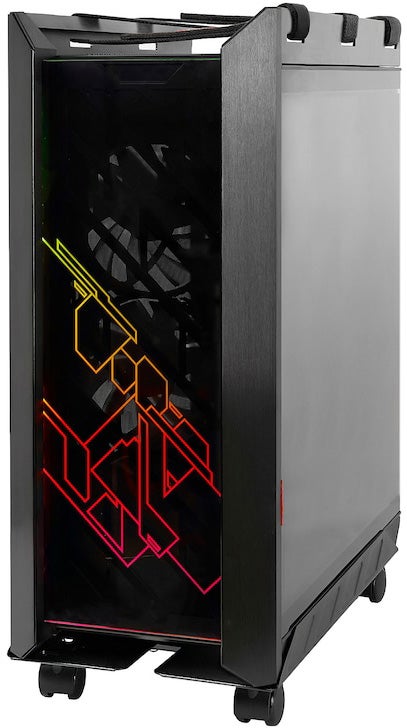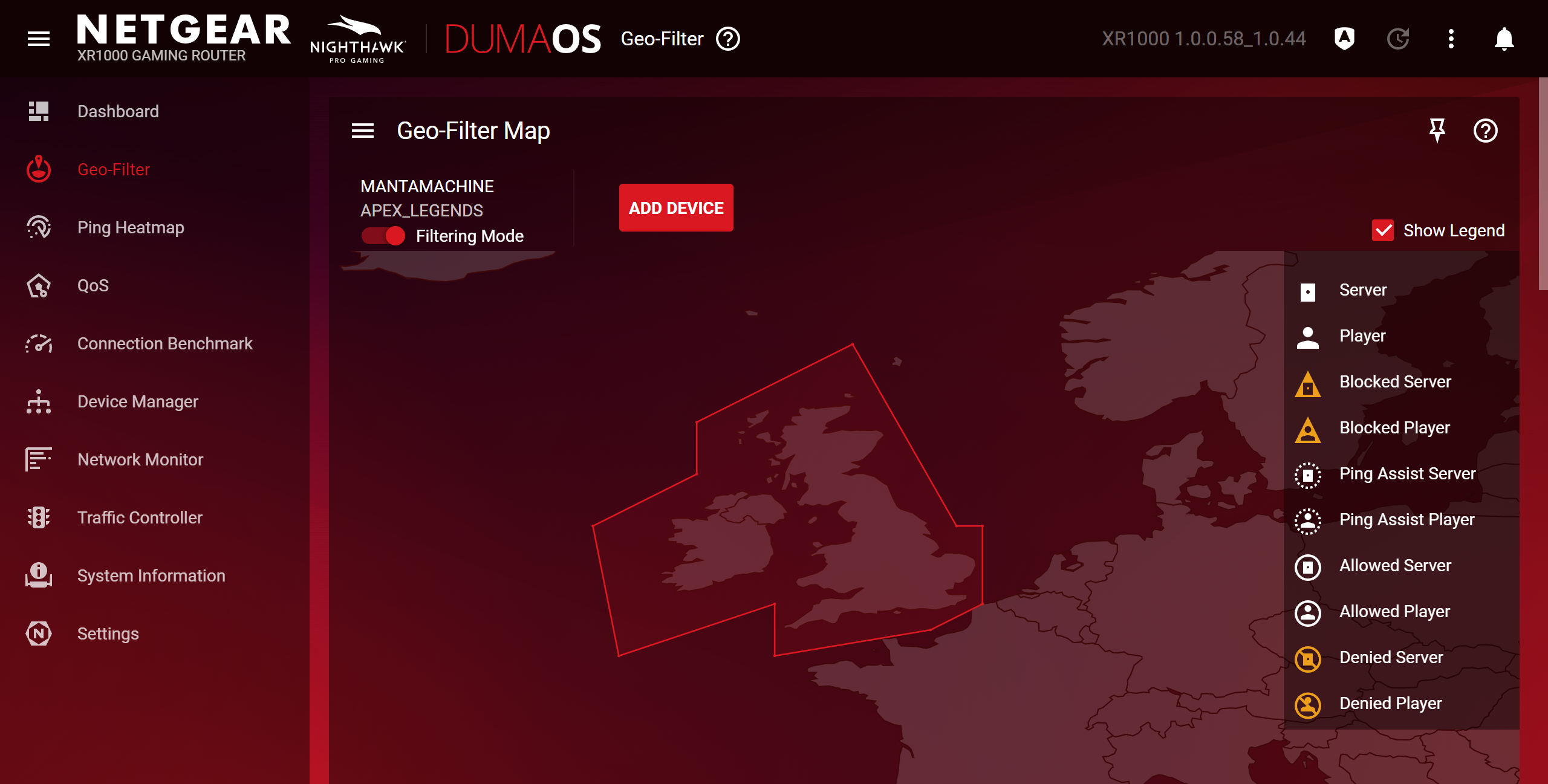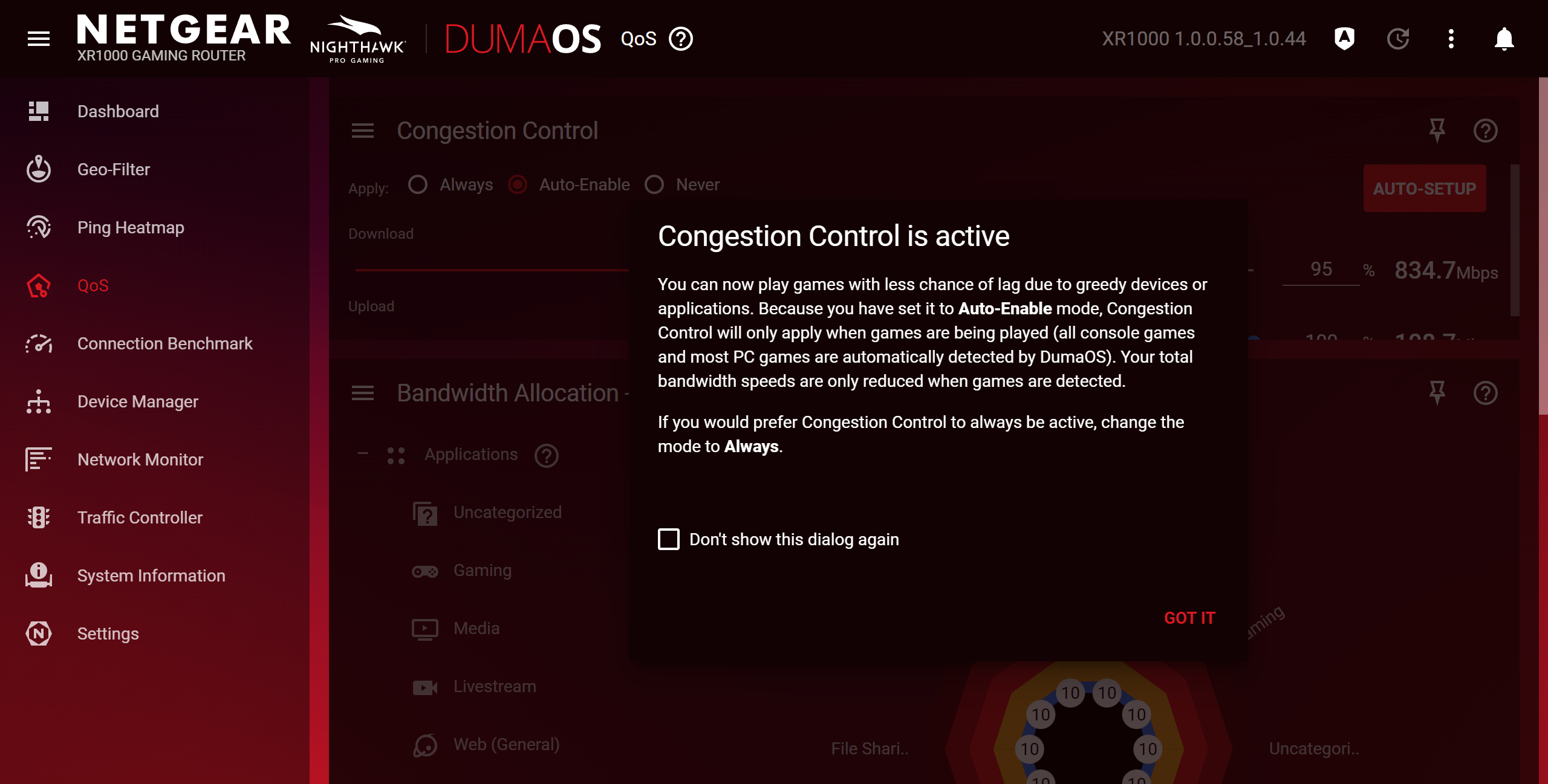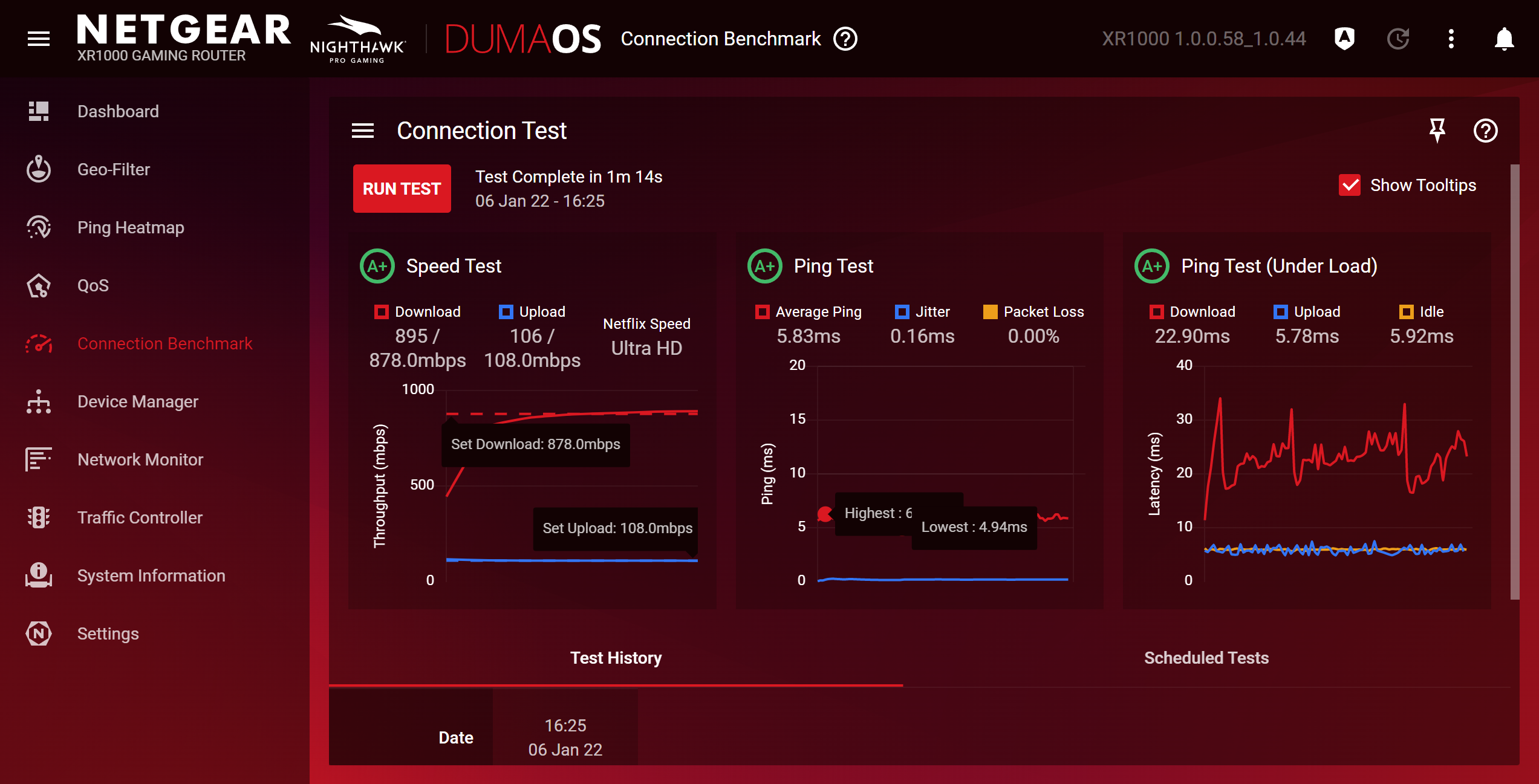When I was last on Digital Foundry Direct, we talked shopping and what we’d each personally picked up for Black Friday. Rich talked about the massive hard drives he’d bought for himself and John, to back up their video projects, Alex told us he’d abstained (good boy) and I mentioned my new bean-to-cup coffee machine (which I’ve just about got to grips with after grinding a few kilos of coffee).
There was one more purchase that I didn’t mention because it hadn’t arrived yet - but after a few delivery mishaps, it’s gone from a Black Friday dark horse to my overwhelming favourite Christmas gift to myself: wheels for my gaming PC. No, not a racing wheel, like… literal actual wheels.
It sounds a little weird, but it’s the genuine truth - and I’ll explain exactly why below. Later on in this episode of Will vs Weird Tech, I’ll also share an adorable new Game-Boy-sized and Linux-powered gaming PC I received in the post and my continued mission to get gaming-grade wireless installed at home. Let’s get into it!
Thankfully, the Uppspel is every bit as revelatory as I hoped. It’s now dead simple to shift the PC forwards and back, if I need to reach around to plug in a new gaming keyboard, and I can even unplug everything and wheel it over to the opposite side of the DF Bristol HQ where I’m testing a 34-inch ultrawide monitor. Previously, this was enough of a strain that I had to think very strategically about whether I was going to play long enough over the weekend to move the PC over, but now it’s the work of a few moments - no back pain required.
If you have a PC case that’s a bit too heavy to shift, then the Uppspel might be worth a look. The only restriction is that the platform is only 50cm long, which may be a bit short for very large cases, but it feels stable enough even while overhanging by a couple of centimetres on either end with the 54cm-long 7000D. It’d be great to see a few different size options - maybe 40/50/60cm? - to accommodate a wider range of cases.
The aesthetic of the GKD Mini is that of a shrunken Game Boy, with a 3.5-inch 320x240 (4:3) IPS screen sitting above the usual d-pad, face buttons and start/select. You’ll note a few other extra buttons tucked away on other sides, which help you adjust the volume, turn the device on, access emulator menus and so on, with four shoulder buttons mounted in a row on the back side of the device. Internally, there’s 32GB of storage with two ports for Micro SD expansion. It charges via USB-C and has about six hours of battery life. Overall, the Mini feels designed - it’s comfortable to use, small enough to fit in a pocket and robustly constructed - even if it isn’t quite likely to match the legendary durability of the Nintendo console it’s aping or the rather more premium Analogue Pocket that John recently reviewed.
The GKD Mini mysteriously comes fully loaded with a selection of some 2500 ROMs from the Mega Drive, Super Nintendo, Game Boy Color and Game Boy Advance, and about a dozen emulators for various other platforms as well. Apart from this flagrant IP violation, there are also some great open-source implementations of classic games, from Diablo 1 and Cannon Fodder to Descent and Quake 2. Playing through Diablo on a gamepad is challenging, with button press combos required to access things like the character screen or the inventory, but still quite engaging. The emulated games are a more natural fit - something like Advance Wars or Pokémon Gold plays perfectly with the controls provided and performance is solid, with the option for fast-forwarding on some platforms to speed up grindier games. The 320x240 screen works okay here, but it’s not quite the same aspect ratio as the GBC, GBA, NES or SNES - so some stretching or black bars are required, albeit less noticeably than on a more modern 16:9 screen. I’d have liked to have seen a higher resolution here, even at this price point, so that you could get a perfect 2x or 4x scale with black bars.
There are some other rough edges elsewhere too. The unit produces a distorted squeal while charging, even with the speaker disabled, the menu button only works in some emulators, and the GMenu2X interface as a whole is a bit rough-and-ready. Getting new content onto the device is also a challenge, requiring the wrangling of a Linux two-pane file browser, and there’s no obvious way of installing new emulators or programs (even if you could connect to wireless, which I couldn’t). Some emulators work well and are full-featured, but others seem to be missing basic options or don’t work entirely - I think more could have been done to curate just the best-performing option for each supported platform.
At half the price of the Analogue Pocket, the GKD Mini makes a decent argument for itself as an inexpensive way to play retro games on the go. While its interface and screen could be improved, the controls, form factor and functionality are good enough to earn it a recommendation from me. You can buy the $99 GKD Mini here or back the metal-clad $129 GKD Pro on Indiegogo here.
However, now that my eyes have been opened to this new category of retro handhelds, I’m curious to test some other options - so if you have any recommendations, do get in touch!
The change is all to do with the operating system that runs on this particular router, called DumaOS. It includes some rather unique features that I haven’t seen anywhere else, and it does a good job of graphically representing various metrics that really appeal to the DF fan in me.
Geofilter: This feature basically lets you block connections to remote servers, thereby guaranteeing you a good connection. I’ve seen ways to do this on a per-game basis, sometimes in-game and occasionally as user-made script or app, but being able to do this universally is pretty smart if you are often getting into, for example, Counter-Strike or Apex Legends matches with servers in the US or Russia while living in the UK.
Ping Heatmap: The ping heatmap shows you real ping times to game servers from a handful of supported multiplayer games, letting you get a good idea of which servers you should be aiming to play on. It’s intended to be used with the geofilter feature, but it’s also just interesting to see the differences in ping between different game servers in the same city or region - clearly, internet fast lanes can be used to great effect here.
Device Manager: This is one that I’ve seen elsewhere before, but it’s still well implemented here. Basically, this is a graphical view that shows everything connected to your Wi-Fi, grouped by the means they’re using to connect - 2.4GHz Wi-Fi, 5GHz Wi-Fi, any guest networks you have, plus wired ethernet. You can kick a device off the network with a tap, and there’s also a Network Monitor screen that shows how much data each device is consuming.
I also appreciate the QoS (quality of service) implementation here, which can be automatically enabled when gaming traffic is detected and disabled when the games cease. As QoS relies on reserving a little bit of extra bandwidth, this means that your download speeds are only impacted while gaming, and are full speed the rest of the time. There’s also a Connection Benchmark app - always love a good benchmark - which, rather than a simple download and upload speed figure, gives you a proper graph so you get an idea of the variation of your speed, ping and ping under load.
Beyond the operating system, the XR1000’s wireless performance has been strong - particularly with newer devices that support Wi-Fi 6. However, the router still has fallen down on occasion, sometimes losing connection with devices that are in the opposite corner of the house and only support older Wi-Fi standards. I’d say that about one in ten times I turn on the Switch to play Just Dance 2021 or 2022, for example, the video can’t be streamed fast enough and the songs end up buffering, interrupting play. However, I also faced the same issue with my ISP-provided router before, so I can’t blame this one fully on the XR1000. Just bear in mind that a new router isn’t always a panacea for connection issues, and you may still need to resort to wired ethernet, Powerline adapters, Wi-Fi repeaters et al. to cover a sufficiently large area.
So what did you get for Christmas - anything good? Let me know in the comments and stay tuned for more weird tech in the new year!






